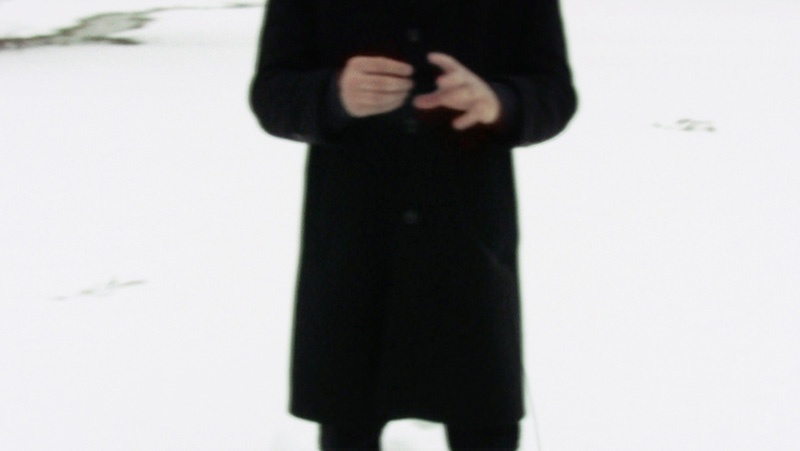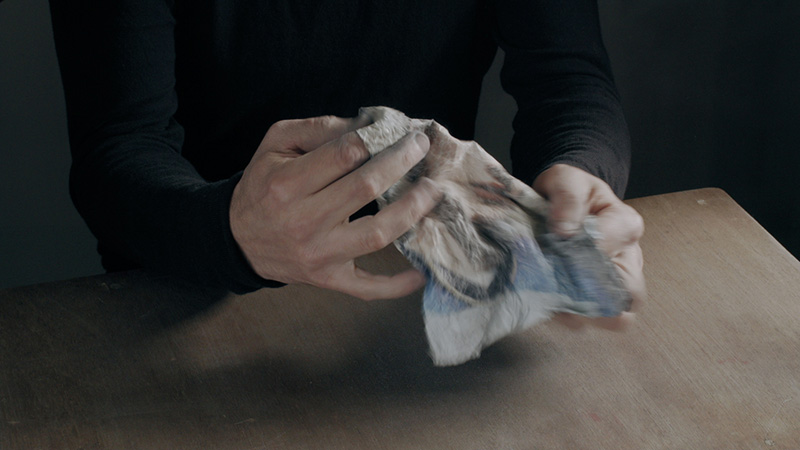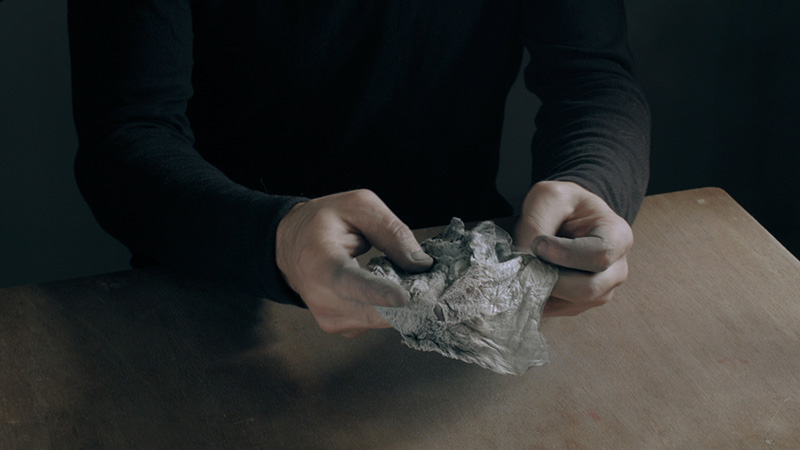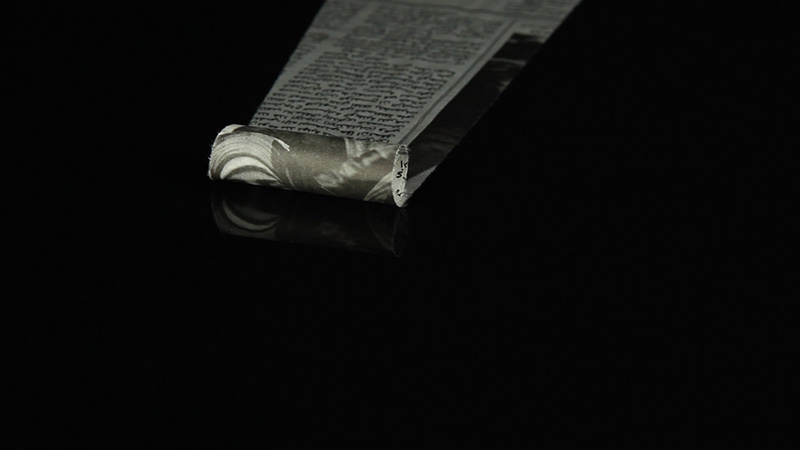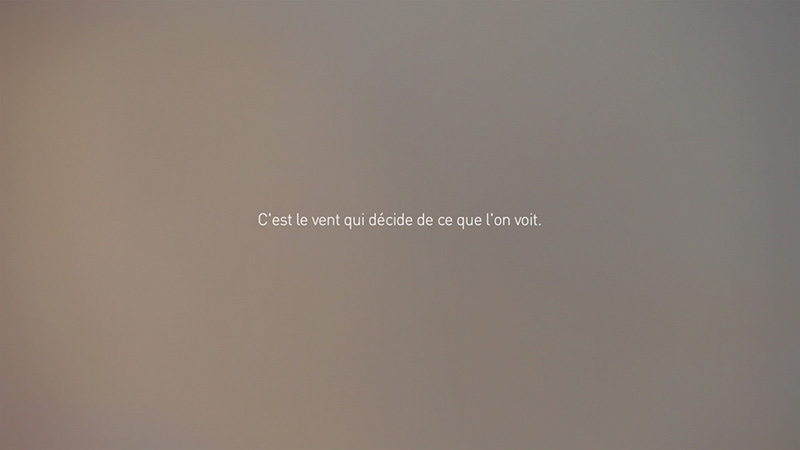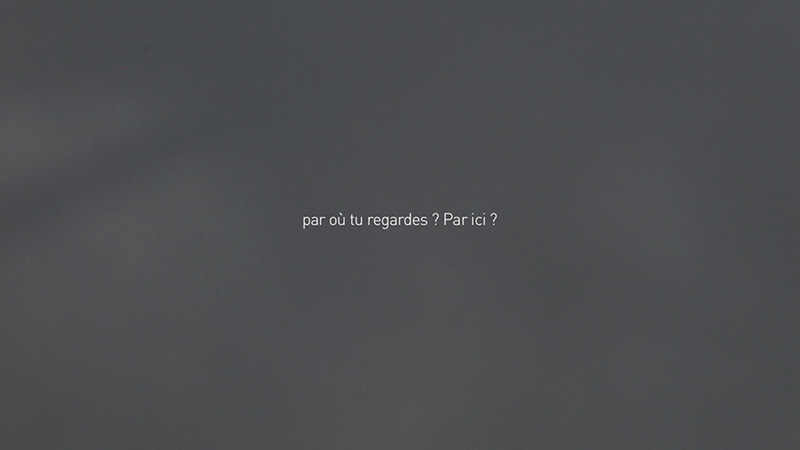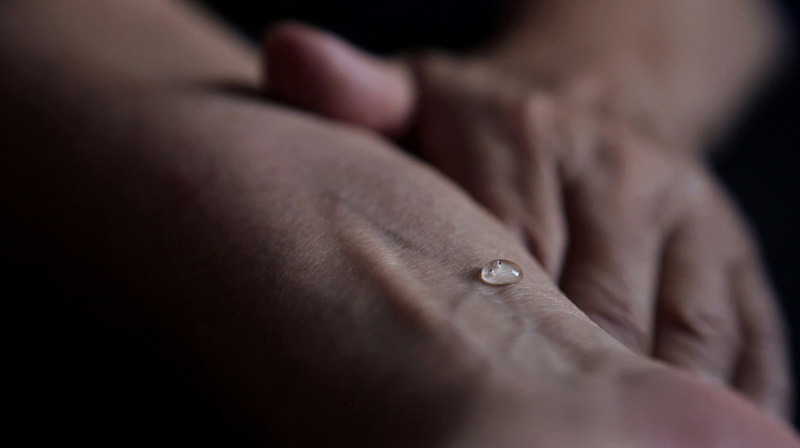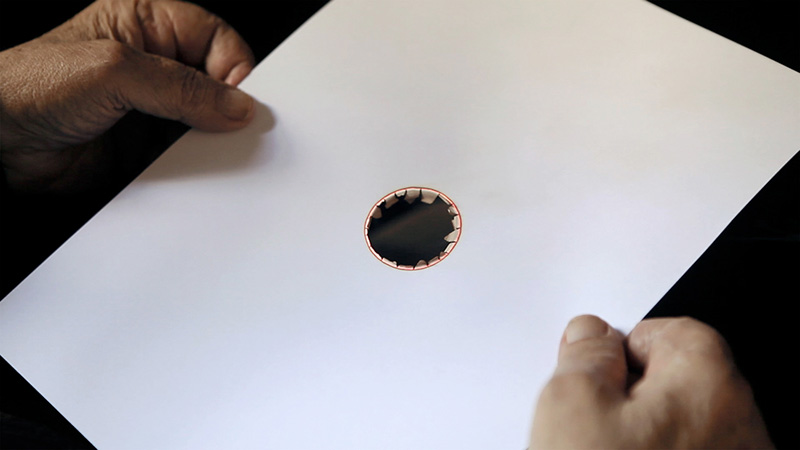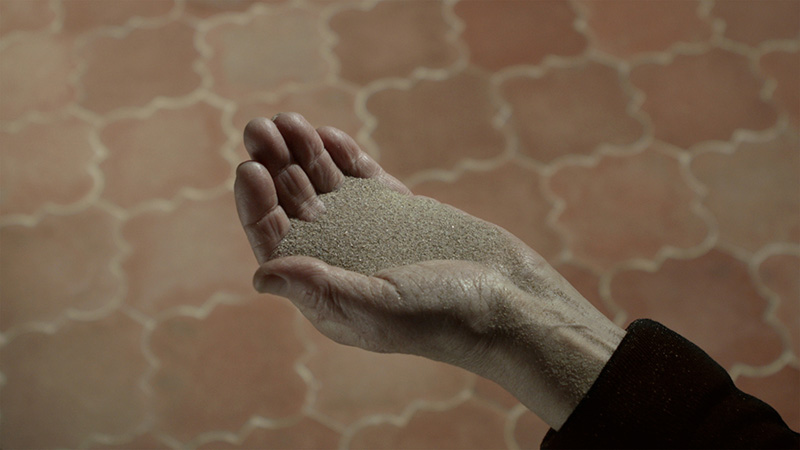ART CITIES:Paris-Ismaïl Bahri
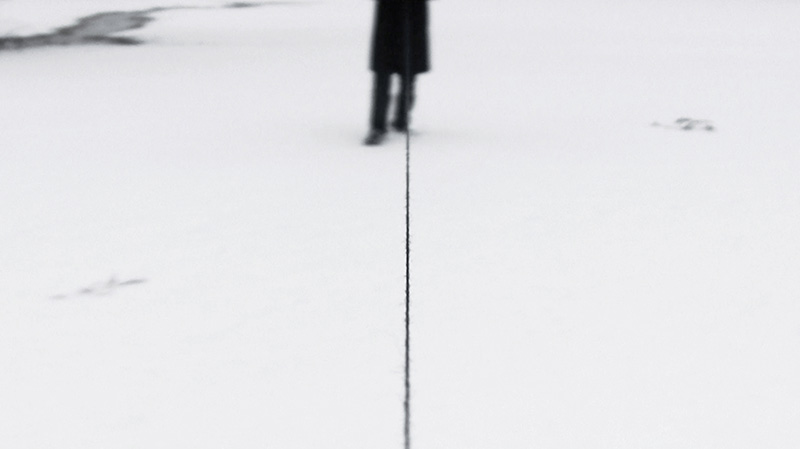 Ismaïl Bahri’s work incorporates many cultural and aesthetic references, developing visual experiments that are both sensitive and precise. The results of these experiments take varying forms: drawings, videos, photographs, installations, and hybrids of these forms. The basic materials used in these works are manipulated and ultimately transformed, often through mechanically inspired gestures and procedures that are related, in one way or another, to cinema or photography.
Ismaïl Bahri’s work incorporates many cultural and aesthetic references, developing visual experiments that are both sensitive and precise. The results of these experiments take varying forms: drawings, videos, photographs, installations, and hybrids of these forms. The basic materials used in these works are manipulated and ultimately transformed, often through mechanically inspired gestures and procedures that are related, in one way or another, to cinema or photography.
By Efi Michalarou
Photo: Jeu de Paume Archive
“Instruments” Ismaïl Bahri’s first major exhibition presents a selection of his principal works along with “Revers” and “Sondes” (both 2017) conceived and produced for the occasion. This set of eight video works reflects the main themes running through his ςορκ, such themes as fundamentals, duration, scale, and transformation, but also visibility and invisibility, mystery and solving the mystery. The exhibition seeks to develop a movement of progressive enlargement, starting with the intimate and leading outwards to landscape, light and a certain sort of abstraction. Video occupies an important place in Ismaïl Bahri’s work. It makes it possible for him to operate in both interior and exterior situations. It allows him to lay down an entire, ongoing process and to introduce a potential development into it, sometimes even a narrative. Ismaïl Bahri chooses in some cases to look reflexively at the camera in order to maintain a fundamental relationship with the technique and the way images appear. The best example of this is his film “Foyer” (2016), in which one gradually comes to reflect on the frame and the surroundings, as well as on the screen and the notion of projection itself. In every one of his works, he focuses on the question of movement by particularly studying the way a subject changes state when it is set in motion. The latter is usually subject to the conditions of a meeting between two elements, in “Ligne” (2011), for example, a drop of water twitches in a steady rhythm on somebody’s skin and in so doing, it acts as a metronome-cum-monitor, amplifying the pulsations of the person’s blood flow. Movement produces displacements, variations that entail formal effects. The things that move also provide evidence of what is happening and lead one to reflect on the impermanent character of any form. In the film “Source” (2016), two hands hold the edges of a sheet of white paper. A glowing point appears, becomes a circle, then a hole, which grows and spreads outward on the paper like ripples on a pond, then, corrupted and consumed, the paper disintegrates. But, like the paper, the circle is also doomed to disappear. From the moment it appears, it contains the seeds of its own destruction.
Info: Curator: Marie Bertran, Jeu De Paume, 1 place de la Concorde, Paris, Duration: 13/6-24/9/17, Days & Hours: Tue 11:00-21:00, wed-Sun 11:00-19:00, www.jeudepaume.org
